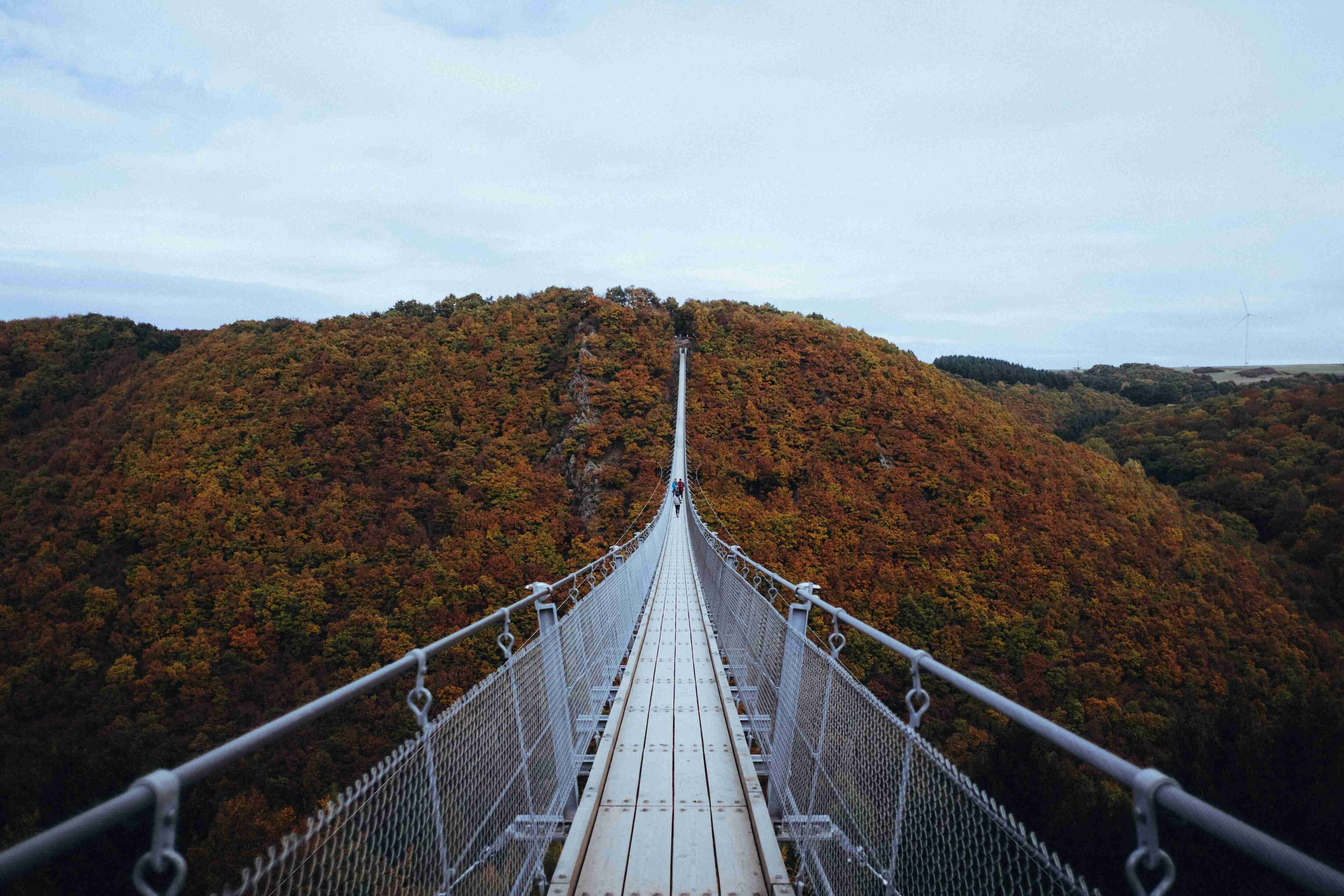

The History of Midnight Snacks: How Late-Night Eating Became a Trend
Midnight snacks have become a popular trend in recent years, but their history can be traced back centuries. The concept of late-night eating has evolved over time, influenced by various factors such as cultural practices, lifestyle changes, and advancements in technology.
One of the earliest references to late-night eating can be found in ancient Rome. The Romans had a practice called "comissatio," which involved feasting and drinking late into the night. This tradition was often accompanied by entertainment and socializing, making it a precursor to modern-day late-night snacking.
In more recent history, the Industrial Revolution played a significant role in shaping the trend of midnight snacks. As people started working longer hours in factories and shift-based jobs, their traditional meal schedules were disrupted. This led to the need for quick and convenient food options during late-night hours.
The invention of electric lighting in the late 19th century further contributed to the popularity of late-night eating. With the ability to extend daylight hours, people had more time to engage in activities after dark, including snacking. This shift in lifestyle created a demand for snacks that were easy to prepare and consume in the late hours.
The rise of television in the mid-20th century also had a significant impact on late-night eating habits. As people started spending more time watching late-night shows and movies, the concept of "TV dinners" emerged. These pre-packaged meals were designed to be eaten while sitting in front of the television, providing a convenient option for those seeking a late-night snack.
In recent years, the advent of technology and the 24/7 availability of food delivery services have further fueled the popularity of midnight snacks. With a few taps on a smartphone, people can order a wide variety of snacks and have them delivered right to their doorstep at any time of the night.
Overall, the history of midnight snacks reflects the changing lifestyles and cultural practices of different time periods. From ancient Roman feasts to modern-day food delivery services, late-night eating has become a trend that continues to evolve with the needs and preferences of society.
References:
- Smith, J. (2017). The History and Psychology of Late-Night Snacking. Journal of Culinary Science & Technology, 15(3), 244-255.
- Jones, A. (2015). Late-Night Eating: A Historical Perspective. Food History Journal, 8(2), 112-129.
Related Posts
© 2025 Invastor. All Rights Reserved

User Comments